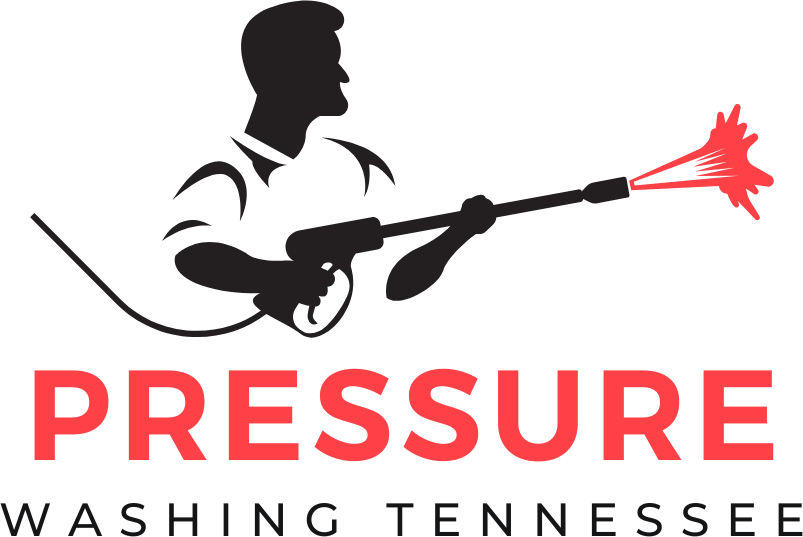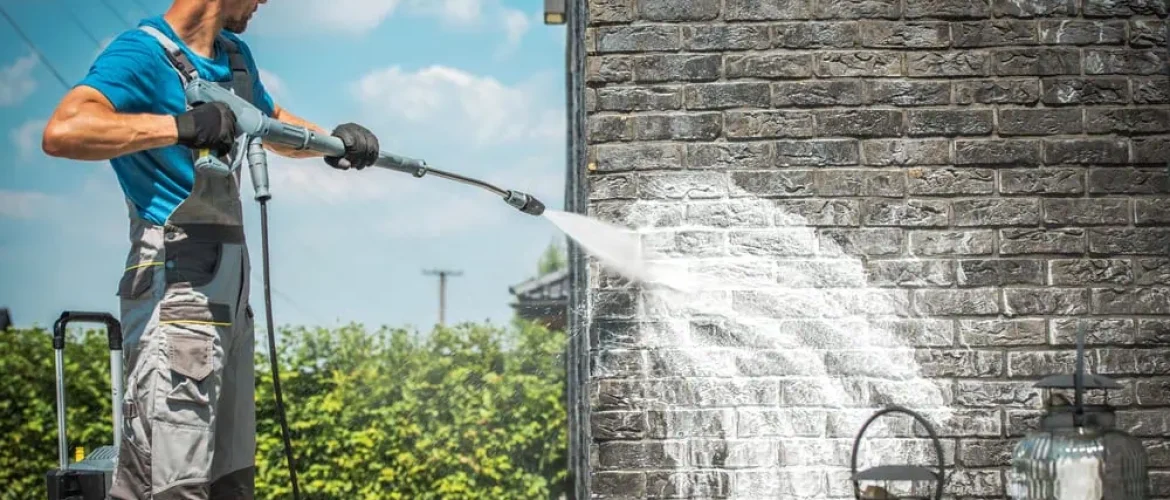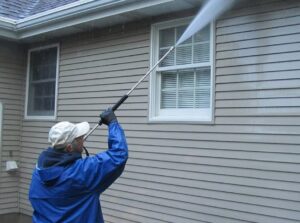Every homeowner loves the look of a freshly cleaned driveway or patio. But I know how quickly that excitement fades if pressure washing leaves your garden beds or shrubs looking worse for wear. It’s easy to overlook the impact powerful water jets and cleaning solutions can have on your carefully tended landscaping.
That’s why I’m passionate about helping you get spotless surfaces without sacrificing the beauty of your yard. With the right approach you can enjoy a sparkling clean home and vibrant healthy plants. Let me show you how to protect your landscaping while making your property shine.
Understanding the Risks of Pressure Washing to Landscaping
Pressure washing can affect landscaping in several ways. High-powered streams often displace soil and mulch, exposing roots and causing erosion near flower beds and tree bases. Water, chemicals, and detergents from cleaning can drift or run off, landing on leaves, stems, or garden soil. This runoff sometimes stresses plants, especially if they’re sensitive species like hydrangeas or ferns.
Delicate flowers and small shrubs near hardscapes show visible damage after direct contact with the spray. Leaves may bruise or tear, while branches can split with a strong stream. Even grass close to walkways sometimes turns yellow after detergent overspray.
World features such as decorative stones or edging may shift from forceful water pressure, leaving uneven or washed-out sections. These changes gradually disrupt the overall look and health of a yard.
Understanding these risks helps me choose safer techniques and take the right precautions to keep my outdoor spaces healthy and attractive after pressure washing.
Preparing Your Outdoor Space Before Pressure Washing
Getting outdoor spaces ready before any pressure washing helps keep landscaping healthy and looking its best. I take simple steps to make sure plants, flowers, and decorative elements stay safe during cleaning.
Identifying Vulnerable Plants and Features
Sensitive areas need extra care. I look for delicate flowers, young shrubs, and small succulents, especially those lining walkways or hugging the patio. Decorative items like statues, solar lights, and garden edging often sit close to these spots. Exposed roots, freshly mulched beds, and raised garden boxes also catch runoff and spray. Checking for these features lets me spot what needs protection most.
Covering and Shielding Landscaping Elements
Physical barriers work well to protect landscaping. I lay down breathable tarps or old sheets over flower beds and wrap shrubs with plastic or burlap, leaving room for air to circulate. Over mulch and loose soil, I use plywood sheets or sturdy cardboard to prevent erosion and keep debris in place. Moving potted plants and lightweight garden decor away from the cleaning area also reduces the risk of accidental damage.
Best Practices for Protecting Your Landscaping While Pressure Washing
Keeping plants and decorative features safe during pressure washing calls for a few simple practices. With the right approach, outdoor areas stay both clean and healthy.
Choosing the Right Equipment and Pressure Settings
Selecting a pressure washer with adjustable settings prevents accidental plant or soil damage. For surfaces near landscaping, I switch to a lower PSI—usually under 1500—for gentle cleaning. Opting for wider spray nozzles, such as a 40-degree tip, helps spread the water and reduces force. Working at a slight angle directs runoff away from garden beds and shrubs. By staying mindful of the distance between the sprayer and any greenery, I limit splash-back and erosion.
Using Eco-Friendly Cleaners and Detergents
Choosing plant-safe detergents limits chemical exposure to landscaping. I look for biodegradable cleaners labeled as non-toxic and phosphate-free to avoid harming soil, roots, or pollinators. Spot-testing any new product on a small section helps ensure sensitive plants don’t react. Mixing solutions as specified by the manufacturer keeps concentrations low and safe for nearby growth. Using just enough cleaner to do the job protects both the world and the wider environment.
Steps to Take After Pressure Washing
After finishing the pressure washing, a few careful steps help the yard bounce back quickly and keep everything looking vibrant.
Inspecting for Damage
I check all the beds, borders, and nearby lawn for any leaves, stems, or mulch that might’ve gotten disturbed. Spotting broken branches, smashed flowers, or shifted decorative stones helps me act fast to prevent further problems. If I see standing water or signs of soil erosion, I note these areas for repair to keep the roots protected. A quick walkaround also lets me confirm that no leftover cleaning solution settled in places it shouldn’t.
Watering and Restoring Your Landscaping
Once I’ve checked for damage, I use a light watering to rinse off any stray detergent or debris from the leaves and soil. Focusing the spray low and gentle keeps delicate stems upright and avoids washing away mulch. If any mulch, soil, or rocks moved, I carefully nudge them back into place. Repeating these simple touches helps revive stressed plants and keeps my landscaping healthy after a thorough cleaning.
Conclusion
When I take the time to protect my landscaping before pressure washing I know I’m investing in both curb appeal and the long-term health of my yard. A little extra care goes a long way toward preserving the beauty of my plants and decorative features. With the right preparation and techniques I can enjoy a spotless driveway or patio without sacrificing the lush look of my garden beds and shrubs.


